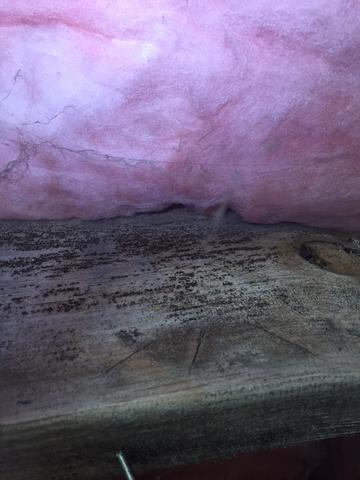
Before Crawl Space - Mold on Joists
Mold in your crawl space is a result of organic material (the wood joists), warm temperatures and high relative humidity. Untreated, the mold can continue to grow and thrive in these conditions. This effects indoor air quality (50% of the air you breathe comes from the crawl space) and can result in wood rot.
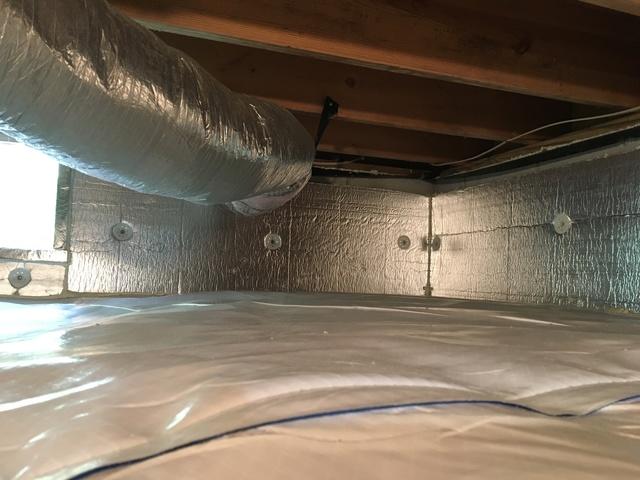
After Crawl Space - Foam Board and 20 mil CleanSpace
All of the old, falling fiberglass insulation has been cleaned out and the joists have been treated for mold and mildew.
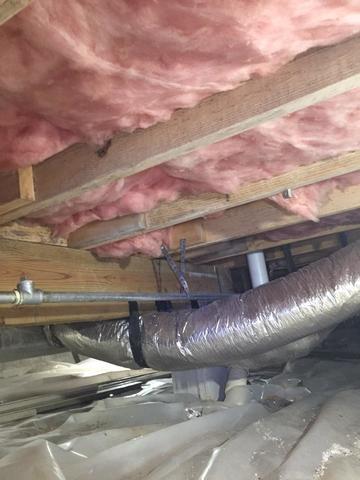
Before Crawl Space - Mold and 6 mil vapor barrier
Due to high relative humidity, mold and mildew have begun to grow on the floor joists. The 6 mil vapor barrier that is laid on the crawl space floor is not sealed to the walls or the piers, meaning it is easy for moisture to enter the crawl space via groundwater.
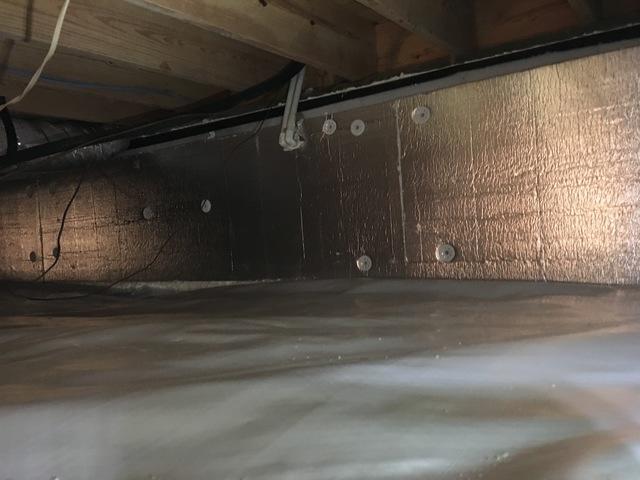
After Crawl Space - Foam board and 20 mil Clean Space
A 20 mil CleanSpace Vapor Barrier has been installed and lines the floor of the crawl space and crawl walls behind Foam Board Insulation that is fastened to the wall. This helps seal the crawl space off from the earth and prevent moisture from entering the space.
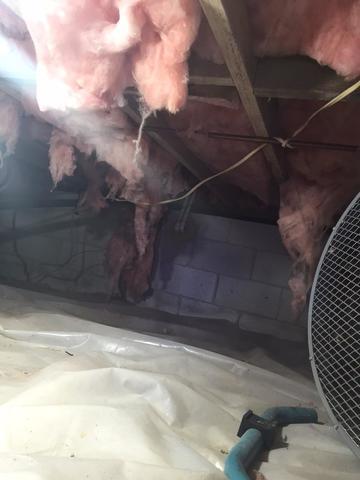
Before Crawl Space - Falling Insulation
Over time, fiberglass insulation between crawl space joists tends to sag and fall. As the fiberglass insulation retains the moisture entering the crawl space it becomes heavier and begins to fall.
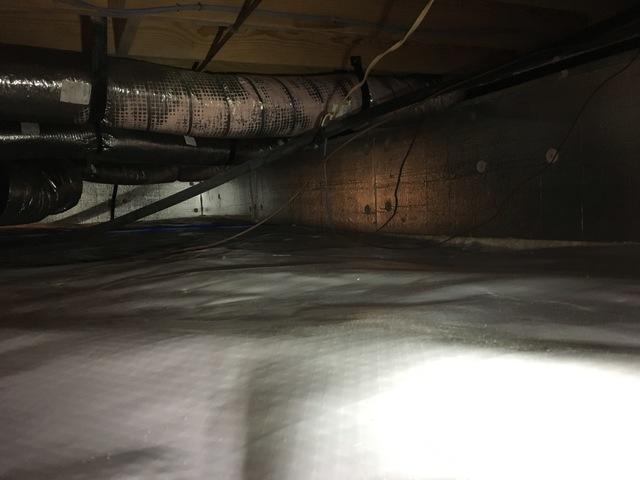
After Crawl Space - Foam Board and 20 mil CleanSpace
Foam Board insulation on the crawl space walls helps prevent moisture from entering the crawl space and works with the CleanSpace Vapor Barrier to extend the home's thermal envelope to the floor of the crawl space. The Rim and Band and Sill Plate are also sealed to help prevent air and moisture from entering the crawl space.


